Nearly half of American women don’t exercise enough because of burnout (46%), according to a new survey.
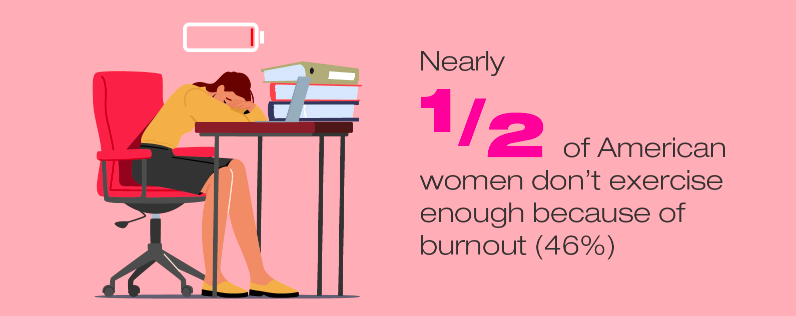
A survey of 2,000 women found that 57% said they used to exercise more often than they do now, with exercise burnout sidelining them for nine days at a time.
On average, women exercise four times a week, although 52% admit to exercising three times or less.
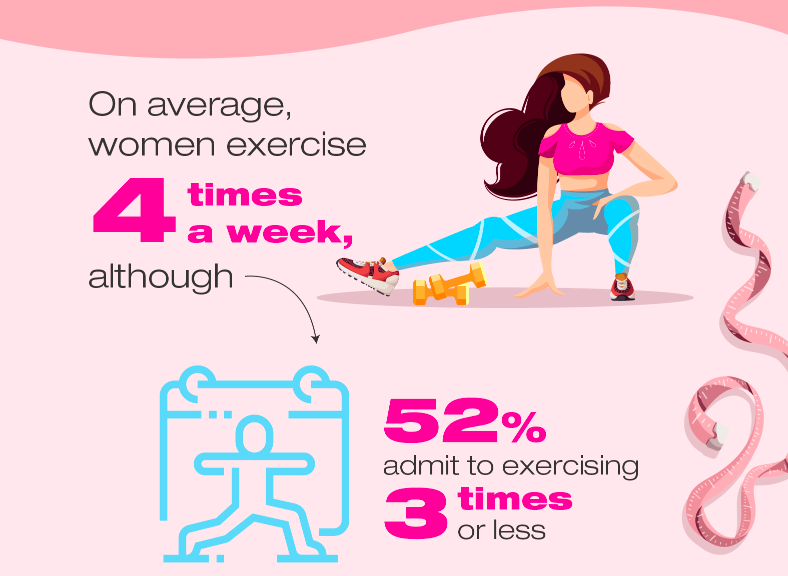

The average workout lasts 44 minutes and consists of a variety of exercises such as aerobics (50%), jumping rope (48%), lifting weights (45%), Kegels (44%) and yoga (41%).
Many know there is room for improvement with 69% admitting they know they don’t put enough effort into exercise.
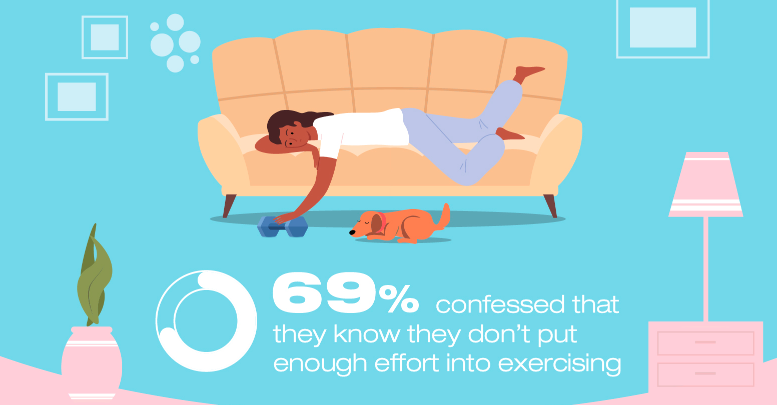

Conducted by OnePoll for Intimina, The survey also found some of the barriers that prevent women from exercising enough include feeling tired beforehand (49%), feeling that exercise is difficult (47%) and not having enough time (42% ).
Additionally, a third of women claim to have seen no results from exercise, leaving them feeling insecure (12%) and hopeless (12%).
Respondents said they would exercise more if they had more motivation (53%) and better ways to measure their results (34%).
Forty-eight percent also said they would exercise more if they knew how to perform the exercises correctly, with one in eight not confident they can complete a workout correctly.
The results show that women are the least confident in knowing how to properly do tricep dips, wall flips and bear crawls.
However, most agree that now is the best time to take care of their body (80%) and that it will become more difficult with age (76%).
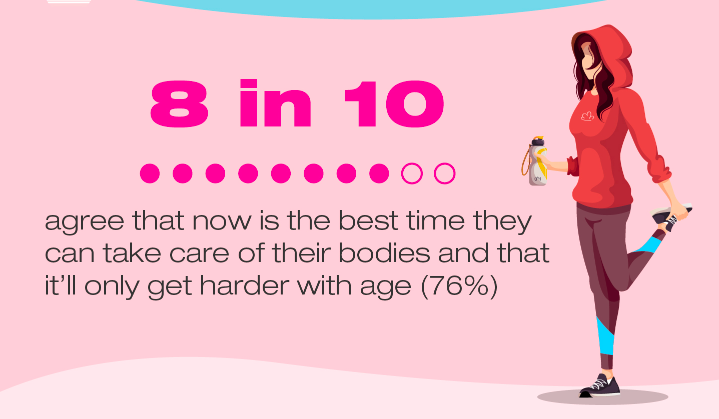

“At every age, our bodies go through changes – some expected, some unexpected,” Dunja said Kokotovic, INTIMINA global brand manager. “As women, we need to pay attention to these changes and provide ourselves with the necessary preventive care. Whether they are in their twenties or thirties, At forty, or beyond, the female body deserves the same level of attention and care. By being By being proactive and addressing any issues early, women can maintain optimal intimate health throughout their lives. We are committed to helping women embrace the beauty of their bodies every age and feel confident in their skin, inside and out.”
Thinking about the future, women know they should strengthen parts of their body such as the waist (43%), hips (42%) and shoulders (27%). Some of the lesser considered parts of the body include the buttocks or pelvic floor.
However, respondents gave advice to prevent issues such as “don’t wait too late to continue checking your body”, which may be particularly important as most women have not had a pelvic exam in the last year (62%); despite the recommendations of professionals.
Other tips of advice included “be proactive about keeping fit in all areas of the body, not just the ones you can see” and “it’s important to do Kegels before you get older and have problems.”
Women may struggle to implement this advice as 62% aren’t sure they know how to do Kegels properly, believing myths like the best way to do it is to push as hard as possible (49%) , are useful only after a problem arises (43%) or that they are difficult to do (42%).
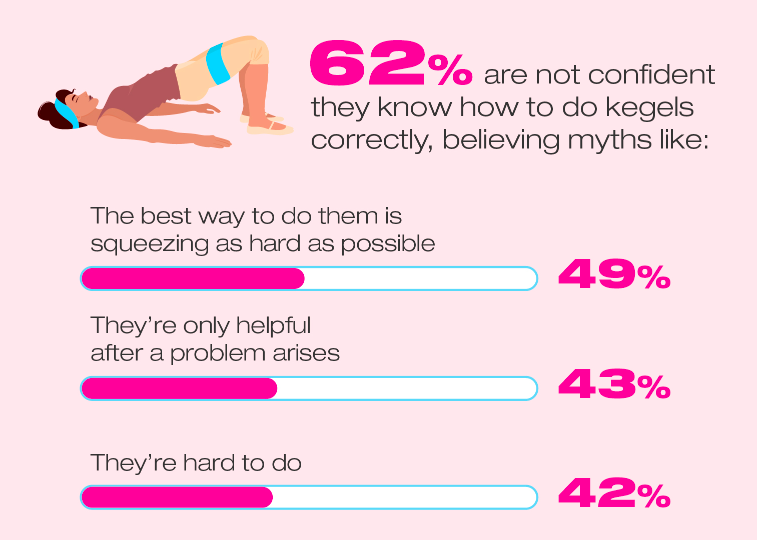

Over a third of women have experienced problems with their pelvic floor (39%).
“Every woman deserves to feel confident, comfortable and empowered in her body,” said Kokotovic he said. “That’s why we’re passionate about promoting the benefits of Kegels – not just for intimacy but for overall pelvic health. Kegels are like a secret superpower for women. They may not be visible like many, but these simple exercises can do wonders for women’s intimate health: prevention leaks, enhance intimacy and improve overall health.
The key is to do them correctly and consistently and make them part of a daily routine. Doing This, women can take a proactive step towards maintaining their intimate health and strengthening their overall well-being. Kegels can help maintain pelvic health and prevent problems such as: incontinence, regardless of stage of life. Women should embrace the power of Kegels and feel they have confidence in their bodies at any age.”
WHAT WOULD BE THE IDEAL WOMEN’S PROGRESS ROUTINE?
- Aerobic exercise — 43%
- Rope – 41%
- Weightlifting — 38%
- Kegels – 34%
- Jogging/running — 31%
- Squats – 29%
- Yoga – 27%
- Lunges – 19%
- Cycling — 16%
- Planks — 11%
